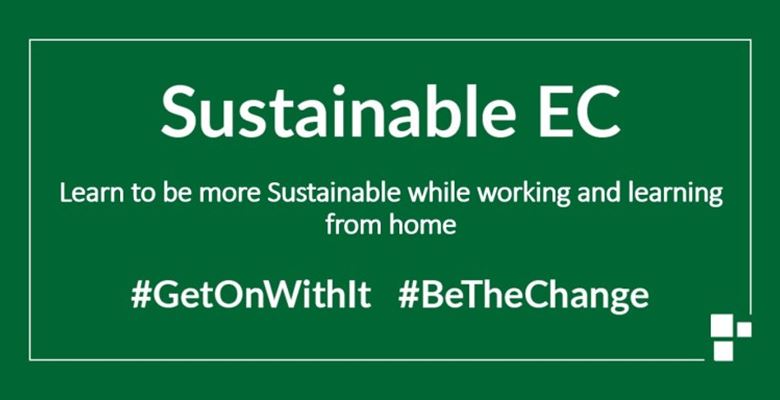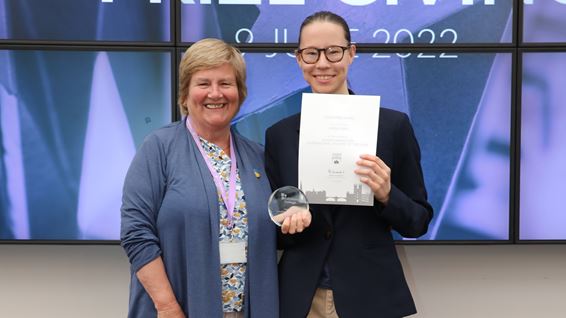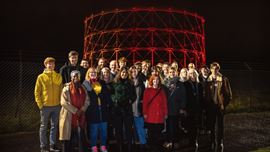Sustainable EC – How to help the environment while learning and working at home?

As a result of the COVID-19 pandemic, staff and students across the world have, at some point, made the shift to home learning and working – and that’s been no different for us at Edinburgh College.
And while we are gradually building up our on-campus presence in terms of students and staff being on site, many of us may continue to learn and work remotely for parts of our week.
Here are some tips on how we can all reduce our climate impacts at home.
While it will be different for everyone there are many simple things we can all do. Some of these may sound like common-sense. That’s because they are. But sometimes we don’t behave rationally. And don’t forget it’s not just about climate – by reducing your energy consumption you are also saving money. Given the current energy price rises this is more important than ever.
Switch stuff off
Turn the lights off as you leave a room. Power down equipment – it doesn’t make sense to spend money on energy for something you don’t need.
Enable Hibernation mode on your computer
Here is a link to creating a shortcut for Windows. Edinburgh College PCs use around 50 watts when turned on, however this drops to just over one watt in Hibernation mode. And it boots up quickly and all your documents are still open as you left them. So, if you are going to be away from your desk for lunch or any period of time, it’s definitely worth doing.
Set your heating to match the occupancy
As we move towards winter the heating will be cranked up. Whilst its really important that we all keep warm and well. If your radiators are fitted with Thermostatic Valves use them – don’t just set them and forget. Heat the rooms you are in most while you’re in them and turn them down when you’re not. Of course don’t forget a good old jumper can be just as effective.
Only fill the kettle with the water you need
Kettles are electricity-hungry devices. Some are rated at 3 kilowatts (3000w). Why heat up water you don’t need to?
Try Smart plugs with energy monitoring
These internet-enabled plugs mean you can switch appliances off from anywhere. You can also get detailed energy consumption data so you can see how much energy you’re using and identify where you can cut down. If you already have a smart-meter fitted, this gives you even more detail. Good data leads to informed decisions.
Use LED lighting
LED uses significantly less energy than older equivalents and lasts a lot longer. If you have older bulbs currently, we’d recommend replacing any that are in use a lot with LED. That way you’ll get maximum savings.
Of particular concern are the many halogen downlighter bulbs still in use, with ratings of 35 or 50 watts. The LED equivalents are 4 watts and 6 watts respectively. The UK Government is actually ending the sale of halogen bulbs this year. But do check you get the correct fitting and specification as some units are dimmable and some aren’t.




